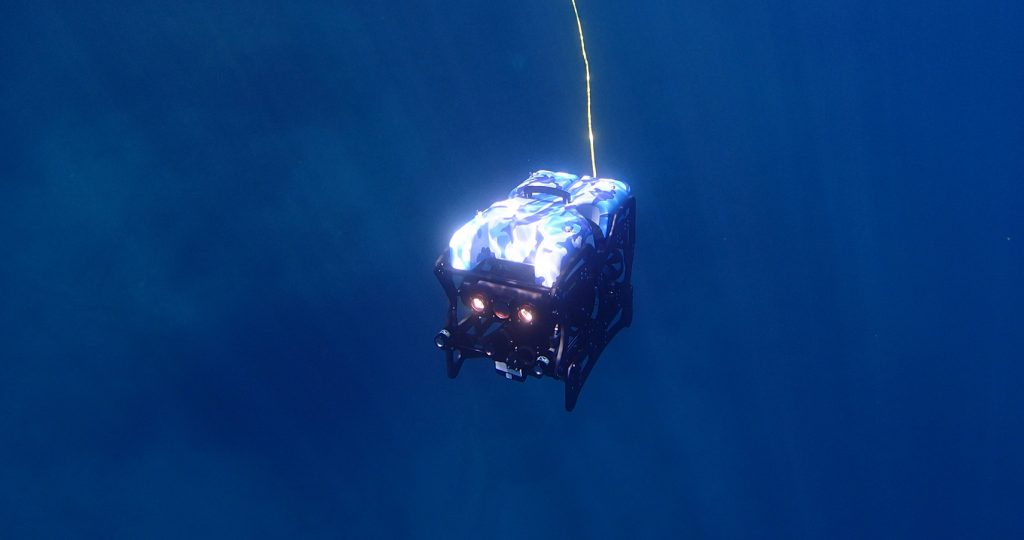(ROV) Propulsion efficiency refers to how effectively a propulsion system converts input energy (such as electrical power) into useful thrust or movement.
Propulsion Considerations
To achieve high propulsion efficiency in ROVs, engineers consider many factors. Some of these factors include; the design of the propulsion system (e.g., propellers or thrusters), the vehicle’s hydrodynamics, the power source (e.g., batteries or tethered power), and the control algorithms used for navigation and maneuvering. Propulsion efficiency co-determines ROV effectiveness, versatility, and longevity during underwater missions. SEAMOR Marine has almost two decades of experience with ROV propulsion.
Determining the suitability of propulsion systems for a specific model of ROV requires a careful assessment of the entire propulsion system, including the motor, propellers or thrusters, control systems, and integration with the vehicle’s design and mission goals. It’s advisable to work closely with experienced engineers and experts in underwater robotics, such as SEAMOR Marine, to select the most appropriate components for your ROV’s propulsion system.
The Bullet Points
- Energy Conservation. ROVs may operate in environments where energy resources are not easily available. Efficient propulsion systems help maximize the use of available power. You want your ROV to perform tasks for longer periods without frequent recharging or refueling.
- Mission Endurance. Longer mission endurance allows ROVs to stay operational for extended periods. Longer operating hours means ROVs can accomplish more tasks and gather more data.
- Maneuverability. Efficient propulsion systems provide better control and maneuverability to ROVs. This is essential for performing delicate tasks in complex underwater environments, such as manipulating objects, collecting samples, or conducting precise scientific measurements.
- Reduced Operating Costs. Propulsion systems that are energy-efficient can help reduce the operational costs of ROV missions. This includes the cost of energy sources (such as batteries or fuel), maintenance, and overall mission logistics. If your ROV can do the job in one dive, that saves everyone the headache of complex ROV schedules.
- Environmental Impact. In applications where ROVs are used for environmental monitoring or research, efficient propulsion systems contribute to minimizing the vehicle’s environmental impact. These ROVs do not stir up as much sediment. They are, also, easy to pilot and avoid touching or bumping into their fragile surroundings. This is particularly important in sensitive ecosystems where disturbance should be minimized. SEAMOR and the glass sponge reefs is an example. Find our more about the reefs here.
- Reliability. Efficient propulsion systems often generate less heat and wear on the vehicle’s components. This can lead to increased reliability and longer lifespan of the ROV, reducing the need for frequent maintenance and repairs.
- Payload Capacity. In most cases, ROVs carry specific instruments, cameras, sensors, or other payloads. Efficient propulsion systems allow more of the available energy to go toward payload operation rather than propulsion, enhancing the overall functionality of the ROV.
If you are interested in acquiring an ROV that excels in all of the above, get in touch with us. Or check out our SEAMOR Marine thrusters made using anodized marine-grade aluminum and Maxon DC motor components.

